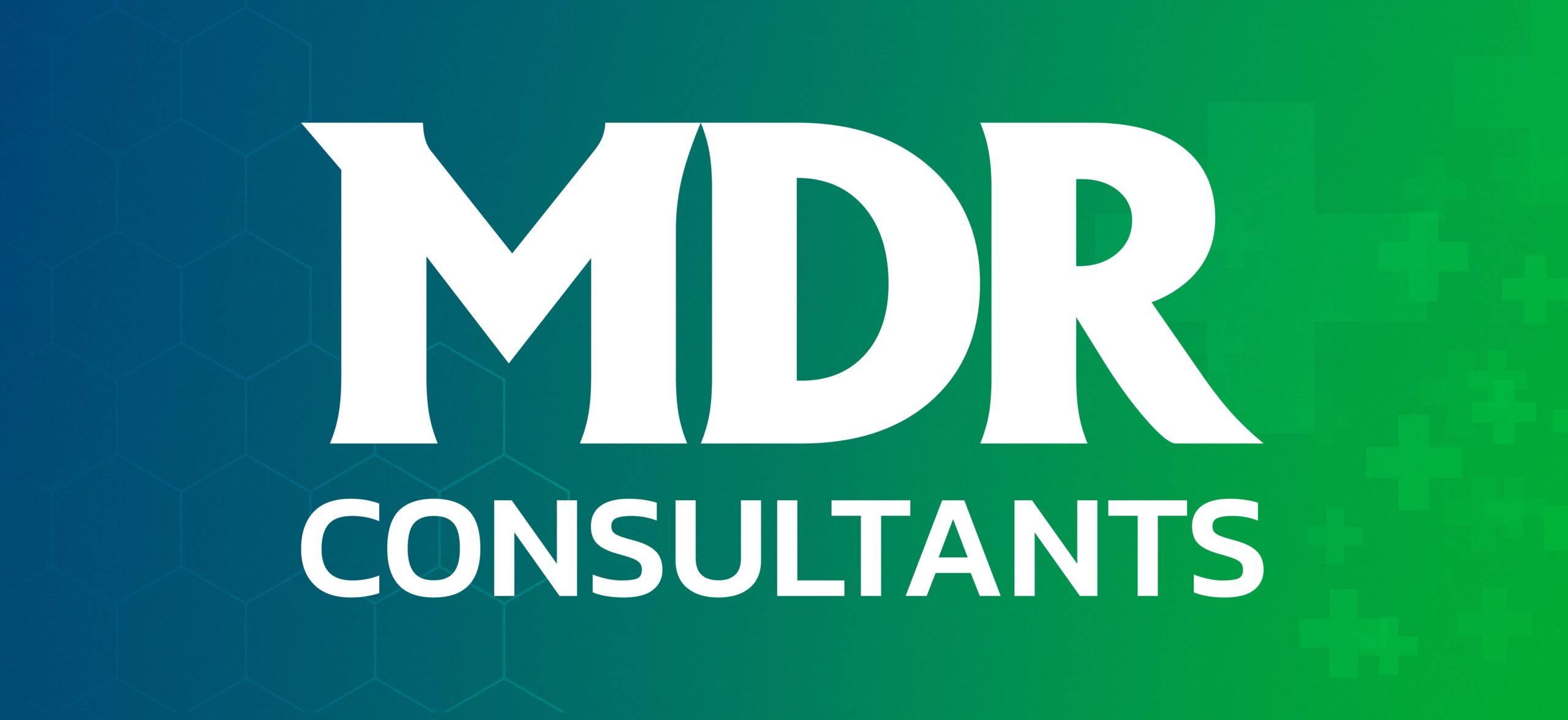The global medical device regulatory landscape can be a labyrinthine maze, even for the most seasoned companies. Navigating the intricacies of each market’s requirements, compiling technical documentation, and ensuring clinical data compliance can be a daunting task. Here’s where MDR consultants, your regulatory gurus, come in and become invaluable allies:
1. Streamlined Research and Reduced Timelines:
MDR consultants possess a wealth of knowledge about international medical device regulations. They can efficiently research the specific requirements of each target market you’ve identified in your strategy. This saves you significant time and resources, allowing you to focus on core competencies like device development and manufacturing.
Imagine having a team of experts readily available to answer your questions about registration processes, clinical trial requirements, and post-market surveillance regulations in each market. This not only streamlines the research process but also ensures you have the most up-to-date information to guide your decisions.
2. Strategic Guidance and Avoiding Pitfalls:
MDR consultants go beyond simply providing information. They act as strategic advisors, offering valuable insights and guidance throughout the regulatory submission process. They can help you:
- Develop a Compliant Submission Package: They can ensure your technical documentation, clinical data, and labelling meet the specific requirements of each target market, minimizing the risk of rejection due to non-compliance.
- Identify Potential Roadblocks: MDR consultants can anticipate potential roadblocks you might encounter during the regulatory review process. With their experience, they can help you develop proactive strategies to address these challenges and mitigate any delays.
- Develop Effective Communication with Regulatory Authorities: Effective communication with regulatory bodies is crucial for a smooth review process. MDR consultants can assist you in crafting clear and concise communication, ensuring your message is understood by the authorities.
3. Risk Management and Smoother Approvals:
A robust risk management plan is a key component of any medical device regulatory submission. MDR consultants can help you develop a comprehensive plan that identifies potential risks associated with your device, assesses their likelihood and severity, and outlines mitigation strategies. This proactive approach demonstrates to regulatory bodies that you have a well-defined plan for ensuring the safety and efficacy of your device.
By partnering with MDR consultants, you can significantly increase your chances of obtaining regulatory approval in a timely and efficient manner. Their expertise can help you avoid costly delays and setbacks, ultimately accelerating your time to market and allowing you to bring your life-saving device to patients around the world.
The additional benefits of partnering with MDR consultants include:
- Access to a Network of Experts: Many MDR consulting firms have a global network of experts with in-depth knowledge of specific markets. This allows you to tap into their specialized expertise for each target market you’re pursuing.
- Cost-Effectiveness: While there is a cost associated with MDR consulting services, it can be significantly less expensive than hiring and training internal staff to navigate the complexities of global medical device regulations. Additionally, the potential cost savings from avoiding delays and re-submissions due to non-compliance can be substantial.
- Peace of Mind: Knowing you have a team of experienced professionals guiding you through the regulatory process can provide invaluable peace of mind. This allows you to focus your energy on other critical aspects of bringing your medical device to market.
